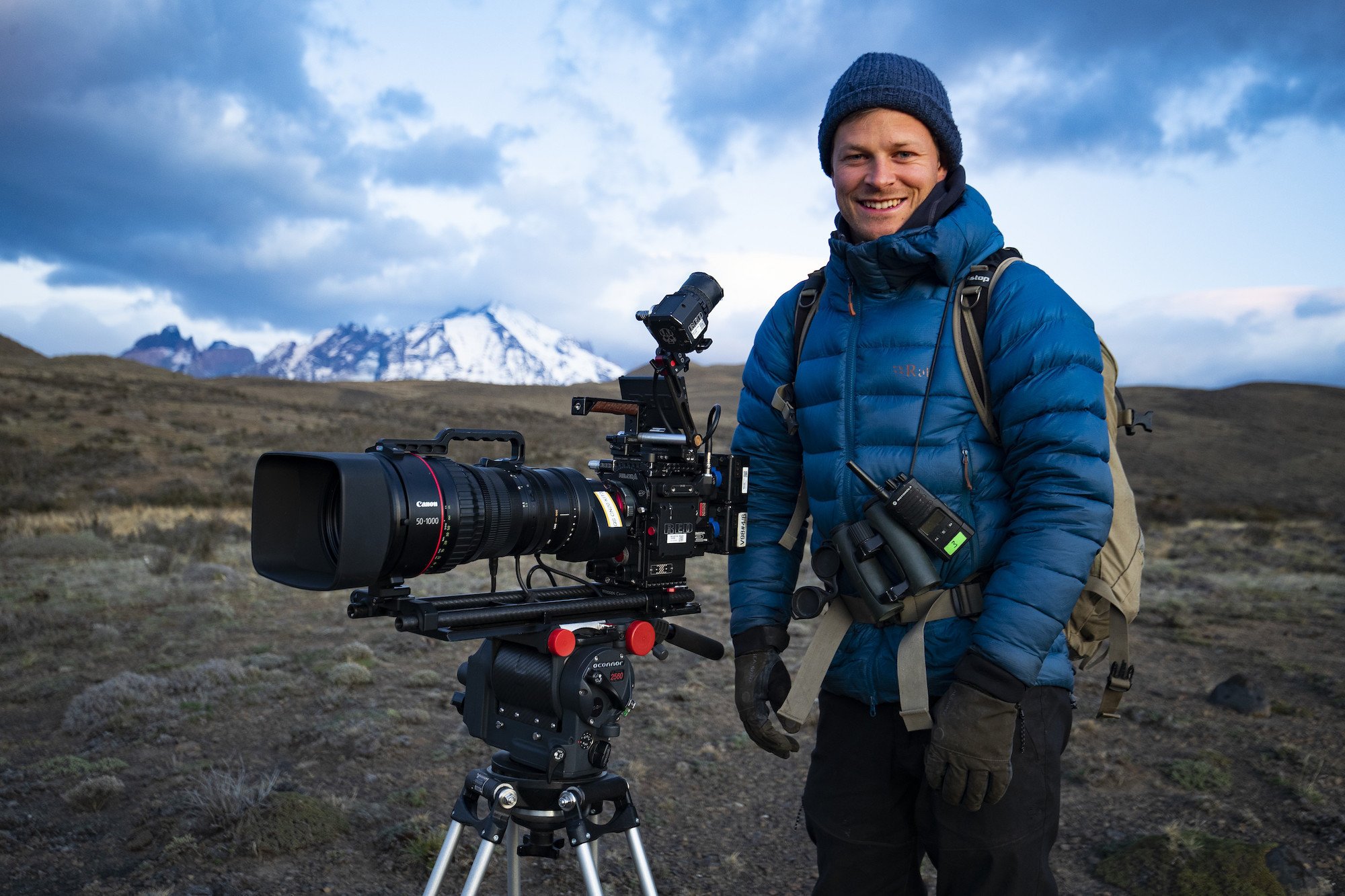
our chat with national geographic explorer
BERTIE GREGORY
Just 30 years old at the time when we caught up with him for a recent chat, already National Geographic Explorer and wildlife filmmaker Bertie Gregory has more than a decade of professional experience tracking down and photographing or filming some of the most amazing animals on planet earth. Given his current trajectory, Gregory’s name will no doubt rank among those pillars of the wildlife community like Irwin, Muir, and Attenborough.
And already Gregory has done much in terms of conservation, increased knowledge about and awareness of the dangers facing many animals and, perhaps most importantly of all, in fostering an interest in and respect for the natural world in young people.
Bertie Gregory does this principally through the shows he hosts and produces in partnership with National Geographic and Disney+, and it was on the occasion of the release of the latest such project, Animals Up Close, that he spoke to DGR. We wanted to know all about the show, of course, but before getting to that, we wanted to know where it all started for this self-described nature-obsessed young man.
When did you realize exploring nature was going to be a career and a calling, not just a hobby?
“Well, from a super early age me and my family were always into water sports, so me and my three brothers and my mom and dad were always in the sea when I was growing up. And I think when you spend that amount of time just being cold and wet and in the ocean, you kind of gain a love for it. Then I realized in my early teens that if I took pictures of the animals that I was getting kind of obsessed with, that was a great way to channel my obsession. And it was also a really good way to get other people excited about these animals that I loved, so I guess there wasn’t ever the lightbulb moment that it could be a career; it never really occurred to me that it wasn’t an option or that there was another thing that I could do. I’m really only kind of learning now, seeing now, how lucky that is — to have always known the thing that I was really passionate about.”
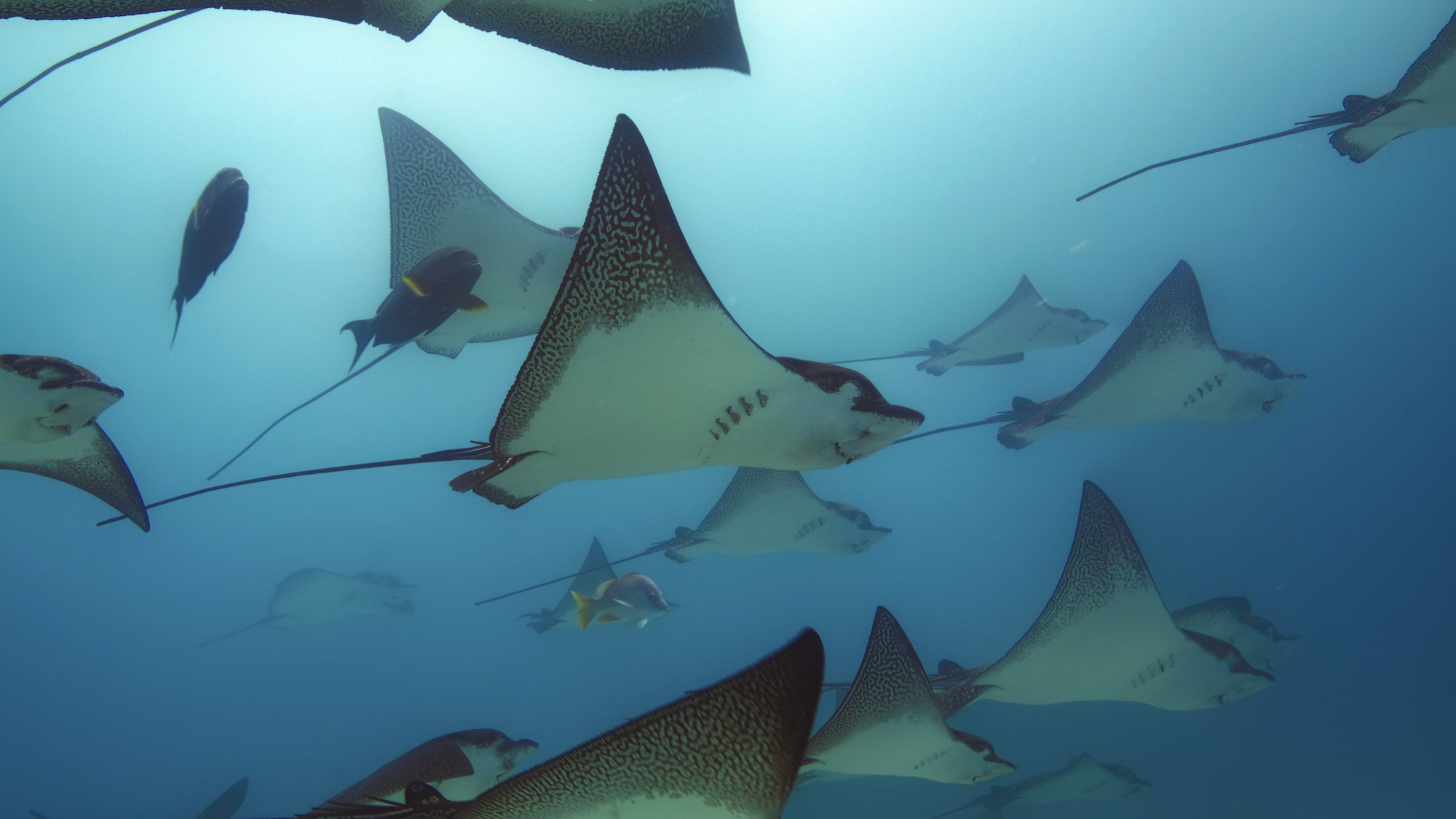
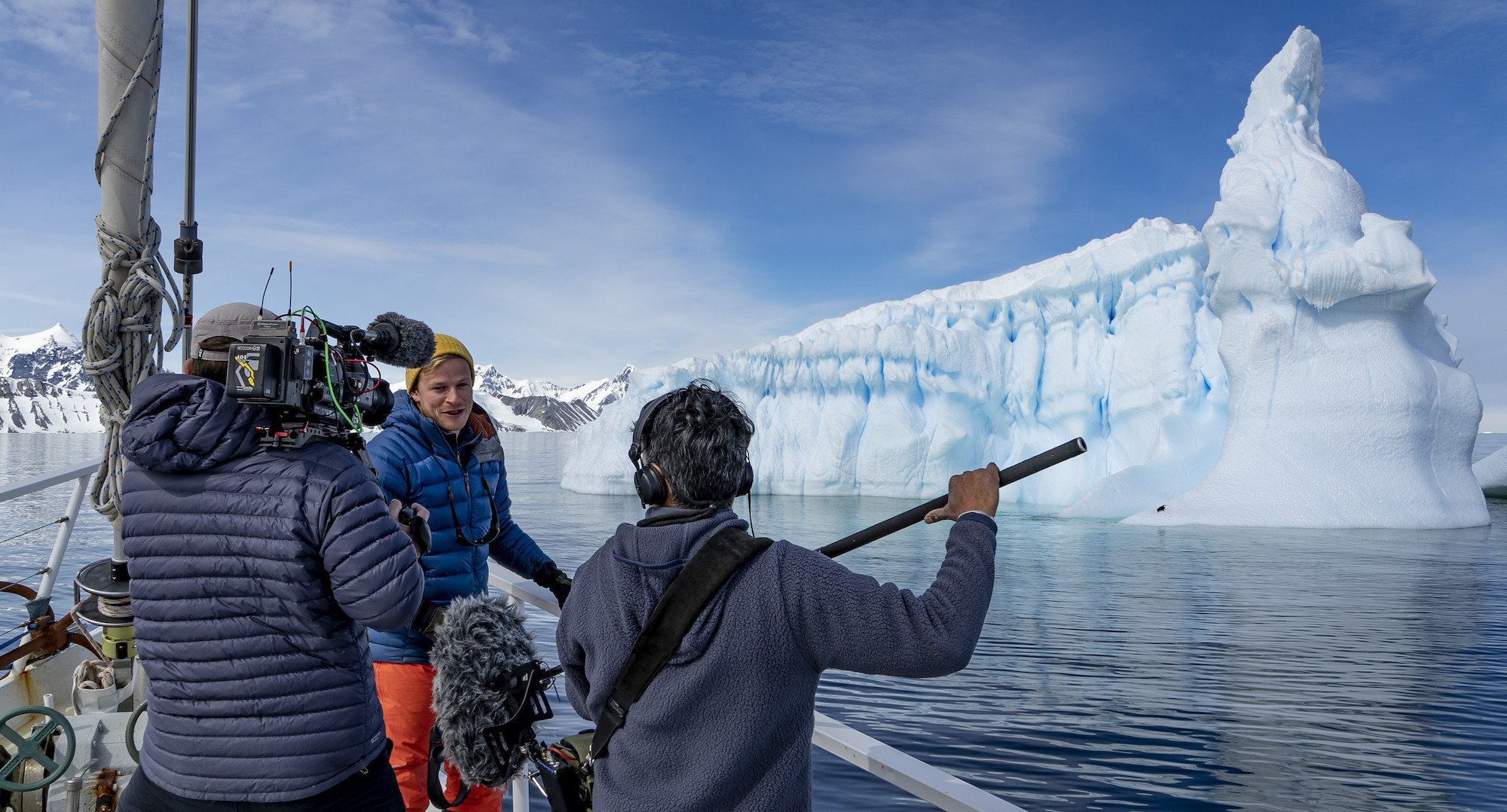


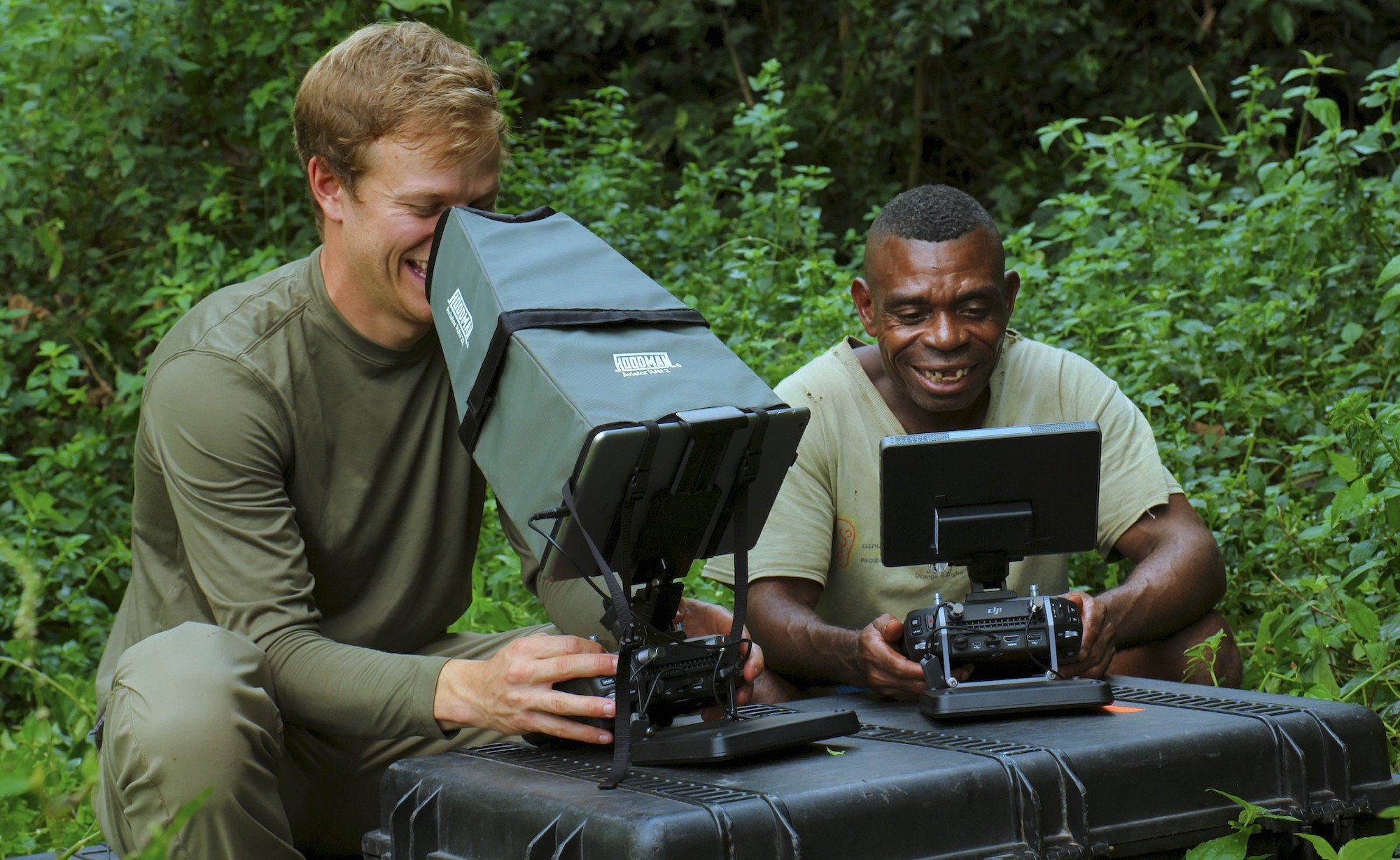
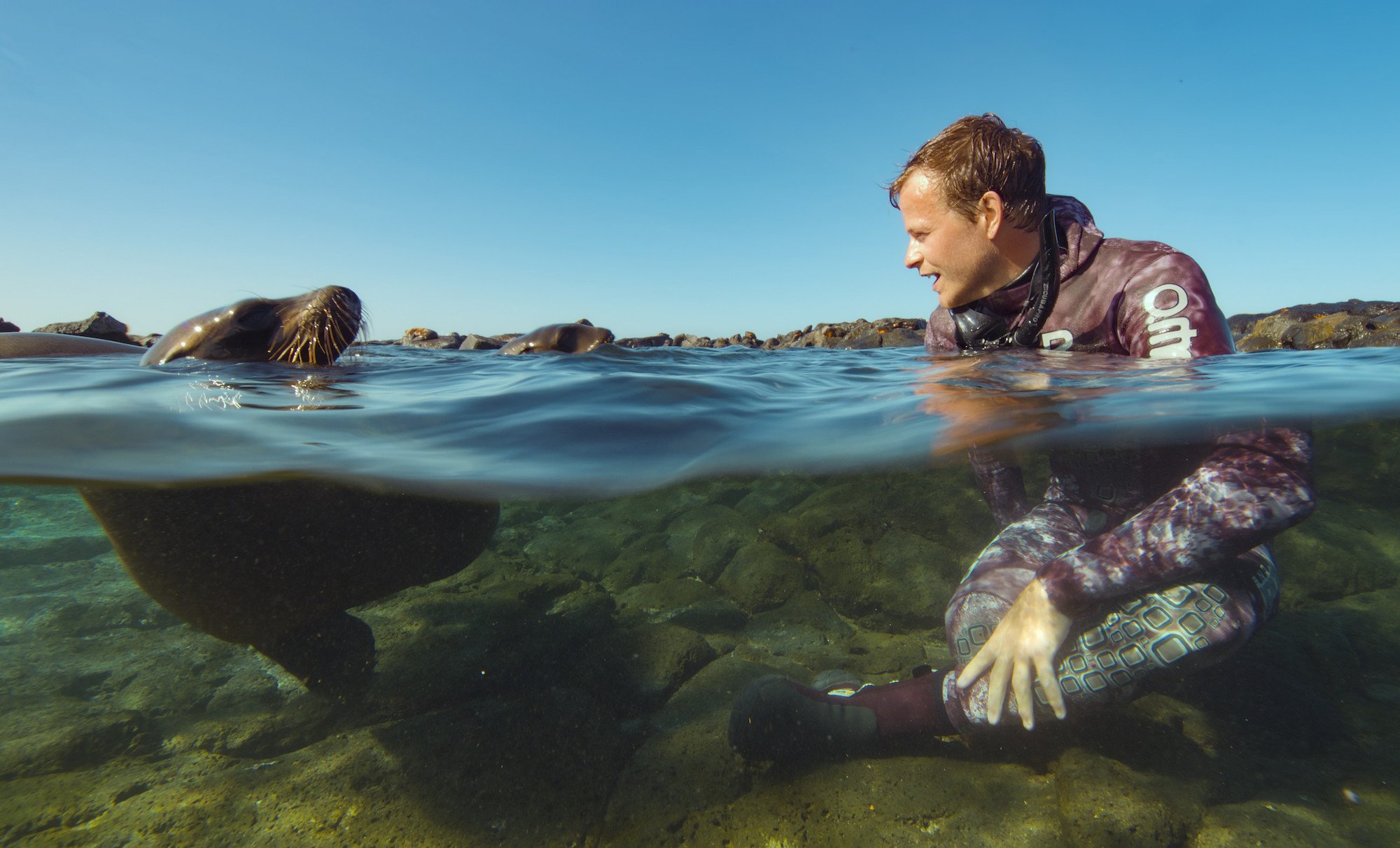
Who are some of your idols in the field of nature filmmaking and photography? I’m guessing I’m going to hear the name David Attenborough, no?
“Yeah, so no nail on head with that one with David Attenborough. I’ve been lucky enough to film him on several or BBC projects, and just being in his aura, standing near him is amazing — and hearing that iconic voice! And filming him was actually magic. What he’s done for the natural world is extraordinary. And then this other extraordinary person I should mention is Steve Winter. He’s kind of one of the legendary National Geographic magazine photographers, and I met him when I was 19 and he was looking for a new assistant at the time, and he offered me a job. That was really my gateway into the National Geographic family. I was assisting him for two years, and we went all over the world for National Geographic, filming and photographing leopards and jaguars.”
What was the inspiration for your new series Animals Up Close?
“So from my last show with Disney+ and National Geographic, Epic Adventures, this is kind of an evolution from that series. The format is similar in that it’s a wildlife adventure series. We go in search of amazing animals doing extraordinary things, but we put their struggles for survival alongside our struggles to keep up with them, so it’s kind of giving you that behind the scenes kind of hybrid look. The key difference now with Animals Up Close, this new series, is that we really focus on individual animals and individual animals families, as we found that was just such an engaging way to tell the story. So for example in our Patagonia puma episode, which is my favorite, we didn’t just go to find any puma, we went to find one particular puma. She’s called Petaca, and I met her for the first time when she was a cub four years ago, and when I met her, she was this lovely kind of bundle of fluff, really cute, completely reliant on mom. Fast forward four years, I went back to try and find her for this project, and not only has she survived — which is amazing — but she also has transformed into this powerful mother with two cubs of her own. We spent 51 days on this episode, and we followed her wherever she went. And she took us on both a physical and emotional roller coaster, and that’s really what this episode is about.”
What was the most surprising part of making the series?
“I guess the most kind of mind-exploding experience was in Antarctica for our killer whale episode. We went in search of this very special population of Antarctic killer whales called the pack ice or B1 killer whales. There’s only 100 of them in existence and they’re really special because they are known as the wave washers. So they find seals that are resting on chunks of ice, and a seal resting out of the water should be something that’s out of reach for a marine animal, a marine predator, but they figure out as a team — as a family — that they can use their bodies to create a wave to wash the seals off the ice and into the water. And just to see that level of cooperation and coordination of teamwork was amazing. Everyone always wants to know how smart wild animals are; well, I’ve never seen such a good example of problem-solving and creativity.”
What is your favorite environment for filmmaking, be it in the mountains, on the water, or in the jungle?
“I mean, there is something really cool about being in the water, because on land, you can usually see a long way and you can use a zoom lens that brings the viewer closer to the action. Underwater, even the best underwater visibility is usually like 100 feet, and so you have to be really close to the action, and so you get to have these really intimate encounters with the animals. Like in the case of the “Devil Ray Islands” episode in Indonesia, we did a night dive with a lot of Blacktip Reef sharks, and you know to film them, you’ve got to be close to them. So being underwater at night, in the spooky dark, with just sharks flying everywhere was really exciting.”
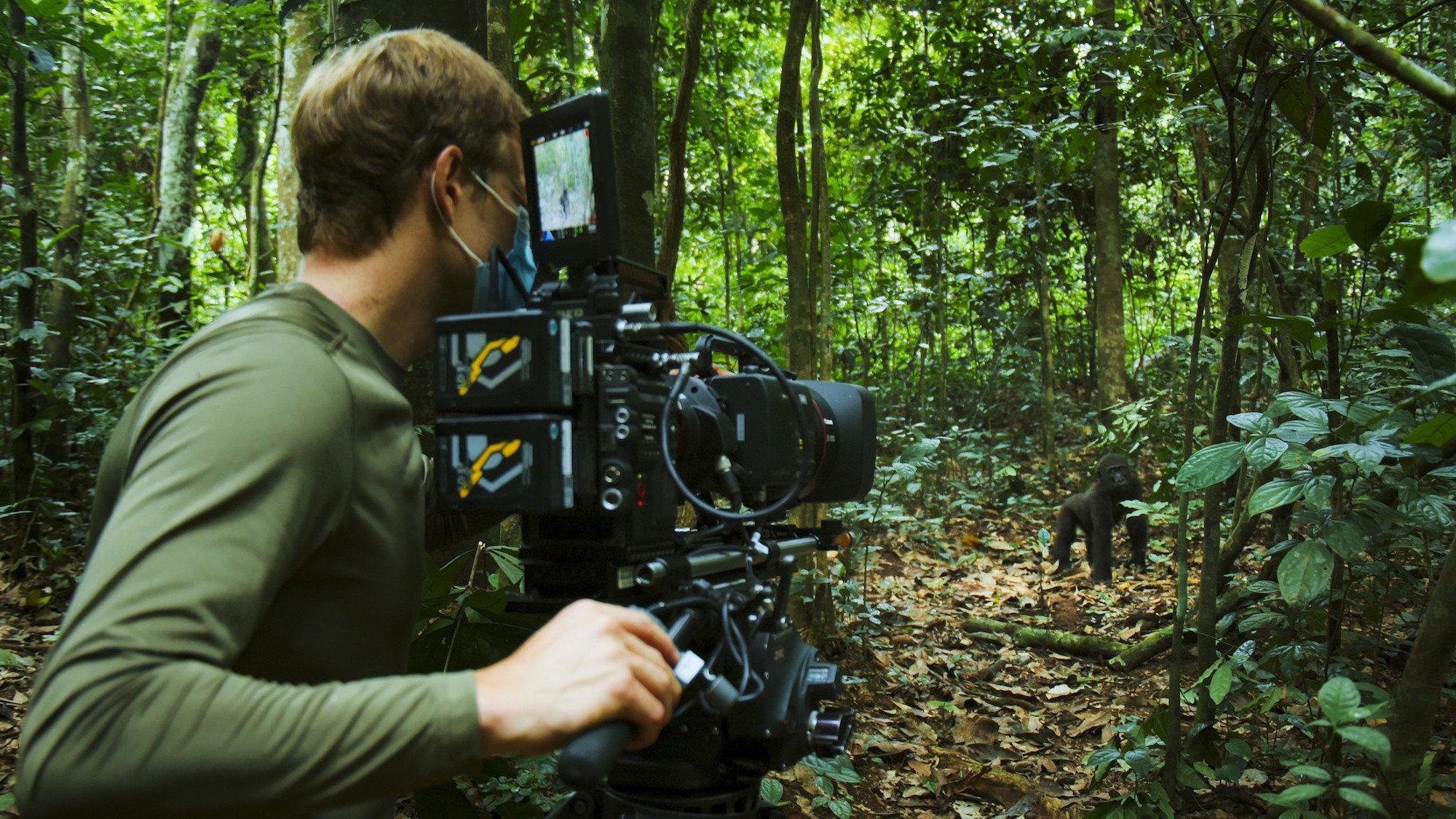

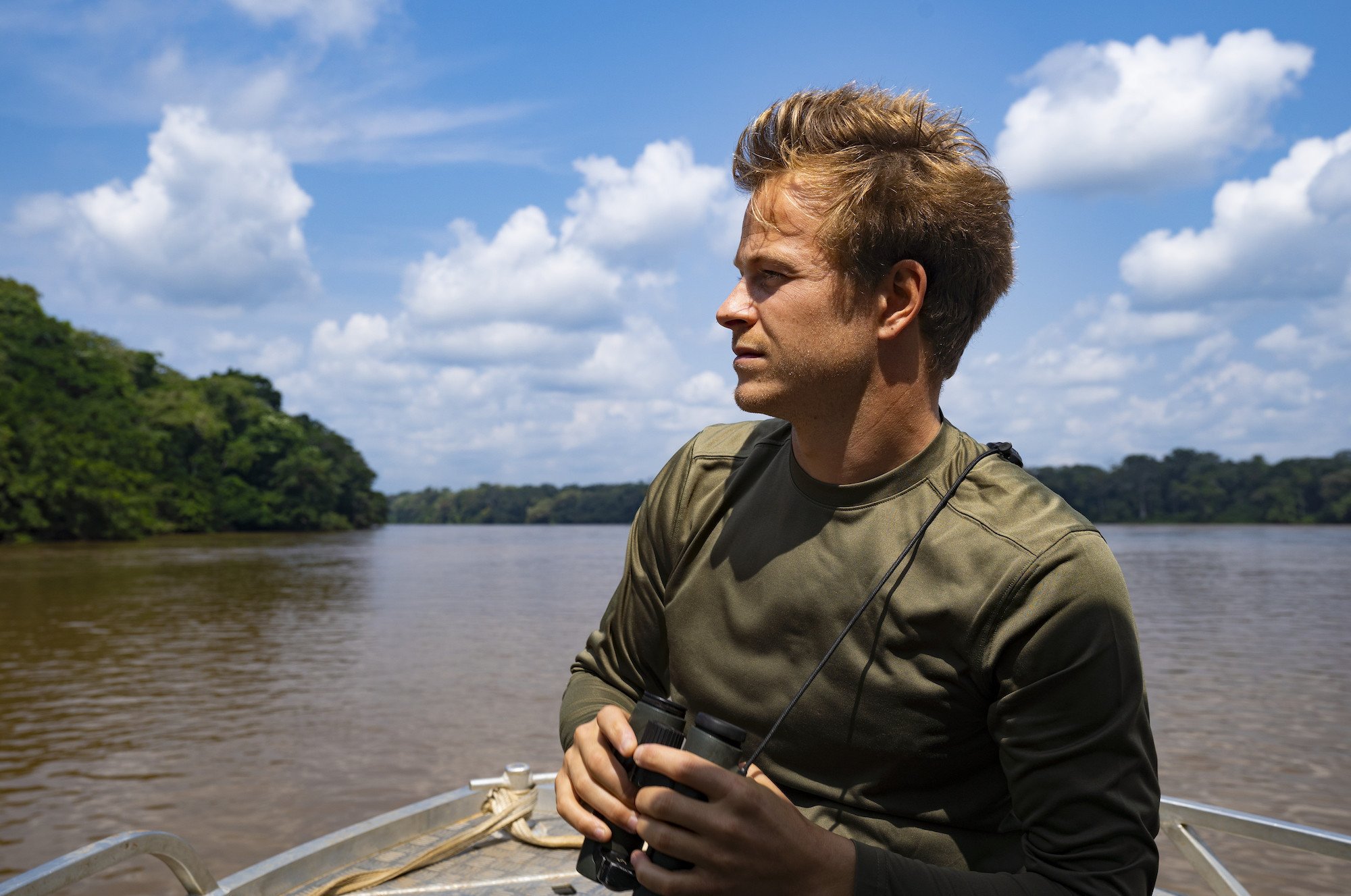

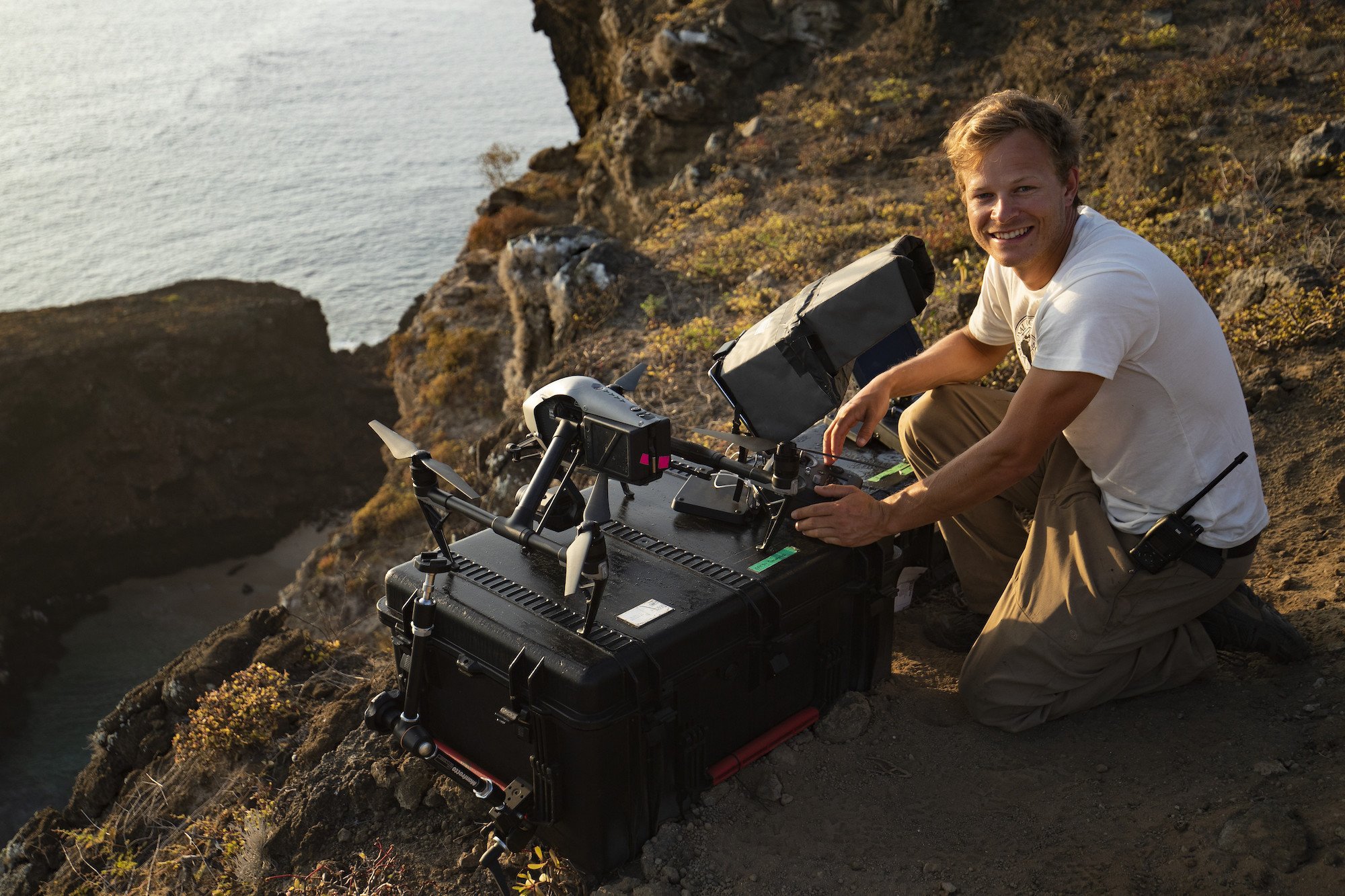

What are a few animals that are Much less dangerous than people think they are?
“Well, sharks for sure. I mean they are, of course, like any predator, potentially dangerous. They are powerful and well-armed, but unless you are really, really unlucky, you’re just not on the menu for them. And you know I think it’s usually about five or six fatal shark attacks per year, but we humans kill far more than 100 million sharks annually, so I don’t really know why we are the ones that are meant to be scared. It’s certainly critical to keep sharks around, because they are so important for marine ecosystems. Keeping them in balance and healthy, it’s not just important for the wildlife; we use the marine environment for so many things we need, too.”
And what animals are actually far more dangerous than people think?
“That’s a good question. I mean, African forest elephants, which we film for the ‘Elephant Quest’ episode. They are not like savannah elephants, which live in big wide, open plains alongside lions — like you see in Lion King. The forest elephants, they live in the jungle, and they really don’t like people for two reasons. One is that like any animal, they value personal space; no one likes being surprised, no animal likes being surprised, and when you’re in the jungle, you just sort of bump into stuff because you can’t see something coming from a long way away, so they can often be very aggressive. Also, we humans have poached them really heavily; it’s thought if the rate of poaching of forest elephants continues, that species will go extinct in the next 10 years. So understandably, they really don’t like us. And so to film them behaving naturally we didn’t want to disturb them. We actually had to build tree houses 120 feet high up in the canopy to keep our scent and presence off of the ground. So we’d zipline between our camp, our treehouse, and different filming platforms on these huge 300-foot ziplines. So that was a cool experience.”
What advice do you have for someone who wants to get into or get better at nature photography or videography?
“I think the first thing would be that your camera skills are just secondary. Far more important than your camera skills — which are obviously important — but far more important is your ability to find animals and get close enough to photograph them without disturbing them. That’s really important, and a lot of that you gain just by spending time outside, spending maximum time outside. I think the other thing is a very simple thing: just to get low. This applies even to photographing pets or captive animals as well, not just wild animals. People usually photograph from a standing position, but wherever possible lie on the floor. You got so much more of an intimate angle shooting up at your subject from the ground, you get a shot that’s way more epic with them popping against the background. You get a much more intimate shot.”
Images C/O Disney+
